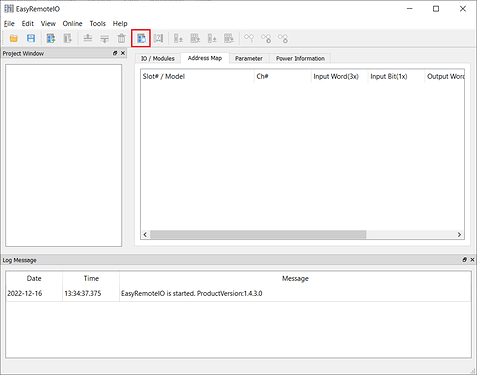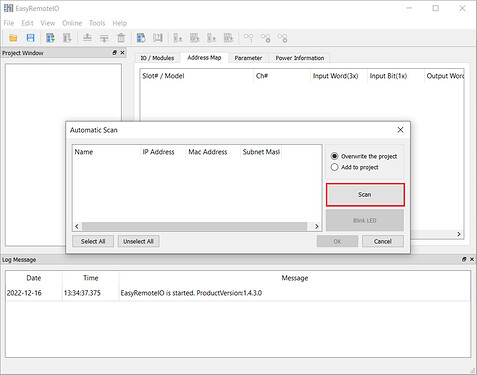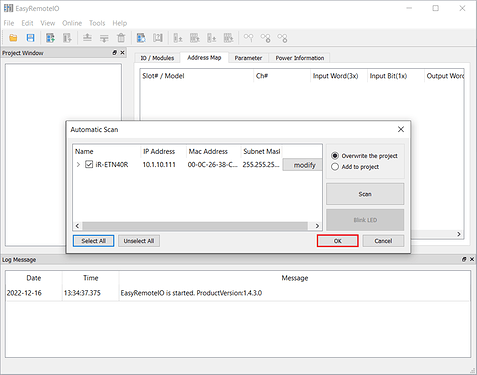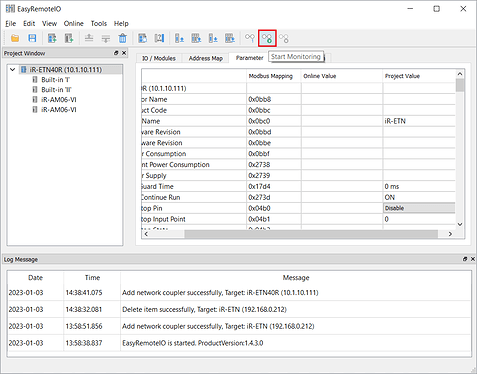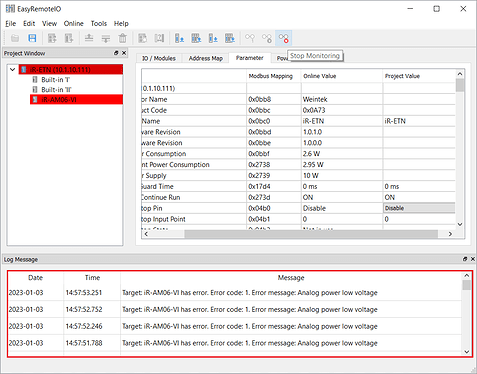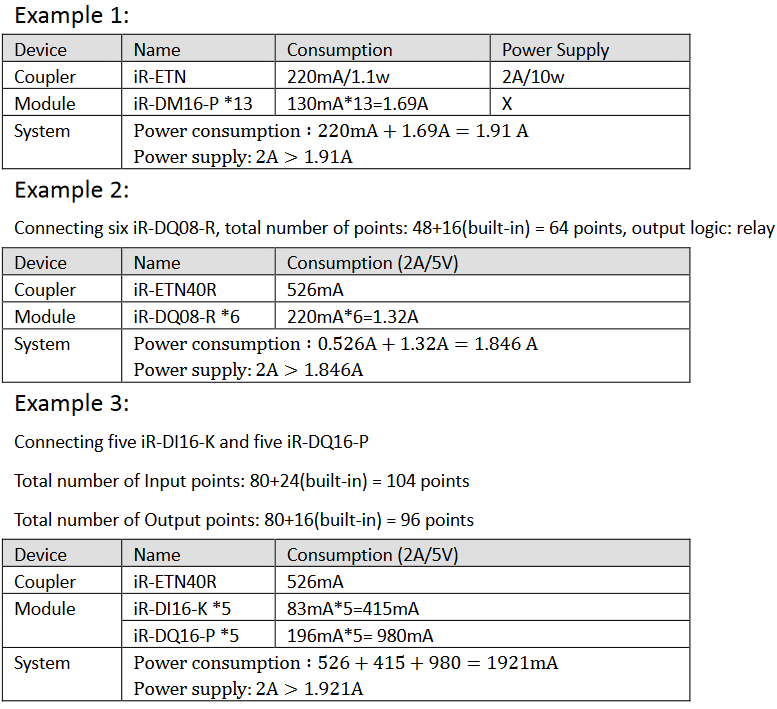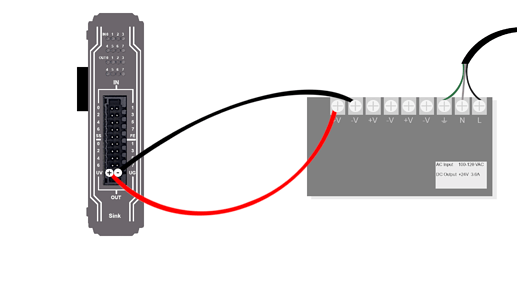Welcome
Thank you for considering Weintek’s iR series remote I/O for your next application. Although we have several documents on this topic, there are certain aspects of our I/O that have presented some confusion in the past. This post contains information related to Weintek’s remote I/O and a list of common questions and answers.
What protocols do your couplers support?
Can I use Weintek’s I/O without Codesys?
Yes, Weintek’s iR series remote I/O can be used with any device that supports the protocols mentioned above. However, please ensure that you choose the correct coupler for your application.
What is EasyRemote IO?
EasyRemote IO is an application that will allow you to configure the parameters of an iR-ETN or iR-ETN40R and connected IO modules. For more information, please see the EasyRemote IO user manual.
Where can I find information about I/O parameters?
The user manual that corresponds with the specified I/O module will contain a detailed description of the parameters found within EasyRemote IO. The aforementioned user manuals can be found within this post: Click Here
In addition, we have created a table that contains all available project parameters and their description: Click Here
How can I determine why the “ERR” light is on?
If you are using an iR-ETN or iR-ETN40R, you can monitor the I/O modules using EasyRemote IO via the following method:
-
Open EasyRemote IO and select the “Scan” button:
-
Within the following popup, click “Scan”:
-
When the scan is finished click “Ok” to add this device to the “Project window”:
-
Click on the “Start Monitoring” button to view the current values
-
A detailed description of the the module error will be shown within the message dialog:
For all other couplers, please consult the corresponding user manual for assistance.
Does each module need its own power source?
Yes, each module requires its own external power source.
How many modules can I connect to one iR-ETN?
Note: Modules cannot be removed or connected to the device during runtime. This known as a “Hot-Swap” and is not supported by the iR-ETN, iR-ETN40R, or cMT-CTRL01.
Why does the iR-DQ16-N have two UV/UG terminals?
Both the iR-DQ16-N and iR-DQ16-P have an extra set of UV & UG terminals that will allow you to supply power to another module. This method is illustrated within the example below:

